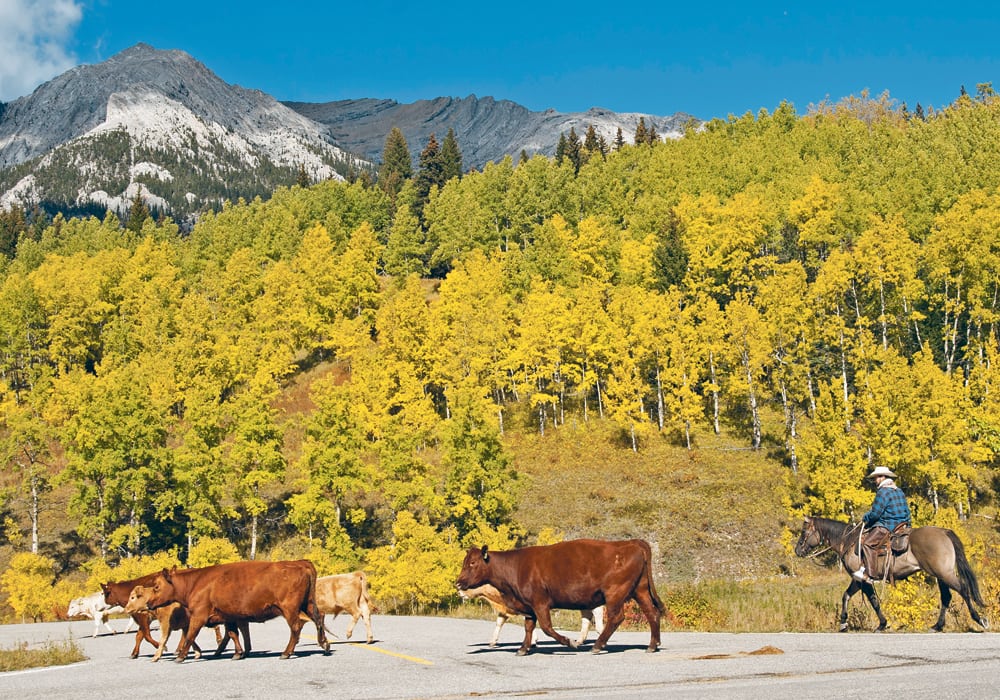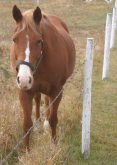While pastures across the Prairies remain largely dry, specialists say there is a glint of hope that some grasses could experience a bit of regrowth.
The regrowth could occur in places that received lots of moisture in recent weeks. It all depends on how the weather shakes out this fall, said Karin Lindquist, a beef and forage specialist with Alberta Agriculture.
“There have been a lot of freezing temperatures at night all over the place, which has really hampered any regrowth, especially this month (September),” she said. “But we might see something different in October. If things start smartening up, the smooth brome grass might have a little re-growth come fall.”
Read Also

Beef check-off collection system aligns across the country
A single and aligned check-off collection system based on where producers live makes the system equal said Chad Ross, Saskatchewan Cattle Association chair.
While most pastures are finished, she said some ranchers have already gotten a second chance.
Along the foothills in southern Alberta, west of Pincher Creek, scattered thundershowers have caused some patchy regrowth.
“Wherever it did hit, we got regrowth of brome and it softened up some of the native grasses. It made it palatable,” said Shane Poulsen, an Agriculture field worker with the Municipal District of Pincher Creek.
Poulsen said the weather allowed him to move some of his cows back into an area that had previously dried up. He said it was welcomed by the few people who got the rain.
“The impact was significant for those who got it,” he said. “It definitely saved some people.”
As well, some pastures in southern Saskatchewan are beginning to green up.
While forage quality is expected to improve in those areas, the plants won’t likely offer lots of biomass, said Trevor Lennox, a range management extension specialist with the Ministry of Agriculture in Saskatchewan.
“Benefits will depend on the amount of heat and lack of frost,” he said. “If it stays cool, we’re not going to get as much growth potential. The plants need warmth in the fall for growth.”
He said any new growth will act like a stimulant, boosting nutrition for cattle that have been eating dormant grass. As well, the moisture sets the stage for potentially having favourable pastures next spring.
However, regrowth will also depend on how ranchers managed pastures this summer.
If grasses were grazed down to the soil, Lennox said it’ll take them longer to recover. He said it’s likely that plants were grazed more than halfway this year due to dry conditions.
“It’s one of those situations where they were forced to graze more than they would have normally,” he said. “Leaving some standing stubble helps the pasture a lot.”
As well, Lennox cautioned ranchers about bale placement when bringing in feed. He said some bales could have weed seeds. Weeds can outcompete plants, particularly in areas that have been grazed low.
“If there is weeds in the bale, you want to place it in an area where you could control the weeds,” he said. “You don’t want to feed out somewhere, like a coulee, where you can’t do weed control and where the weeds could run rampant.”
Despite the potential for positive developments in some pastures, many ranchers are facing tough decisions on what to do with their herd going into winter. It’s dry and feed has been expensive and in short supply.
“We’re short pasture, we’re short water and feed prices have gotten to the point of crazy,” said Sheila Hillmer, a zone director with Alberta Beef Producers in Del Bonita, Alta.
“Until the North gets their crop off, we might get a better sense of what feed and forage is available. Right now, though, we’re in severe risk of people liquidating herds to offset high feed costs.”
The federal government has implemented the livestock tax deferral provision this year for some regions. The program lets producers defer some sale proceeds to the following year. It could allow ranchers to use deferred income to buy back cattle the next year.
While the deferral can be helpful, Hillmer said that if ranchers do sell some cattle, it will be difficult for them to re-build their herds to the same quality.
“It’s devastating to see some of these multi-generational families with no options other than to sell cattle you don’t replace. These are generations of genetics and getting cow-calf programs into place. It takes years to build that up,” she said.
“Nobody is asking for handouts, but we’re just asking to make sure we’ve got options other than getting out of the business.”


















